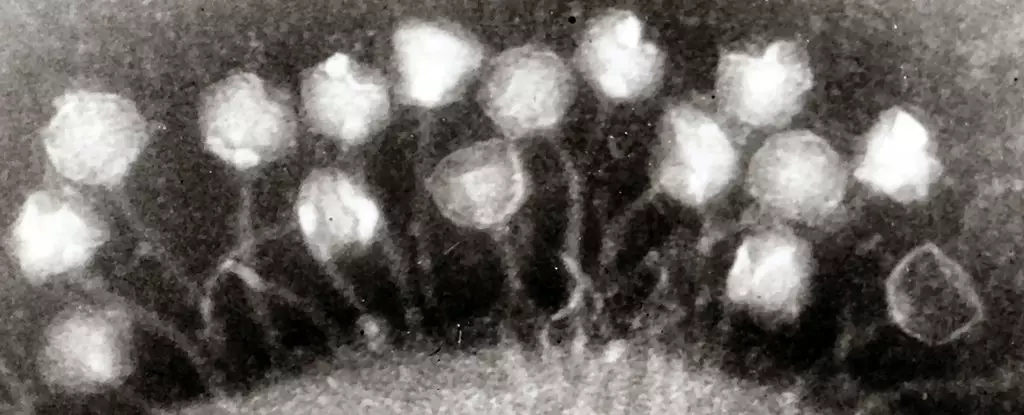The frozen landscapes of the permafrost are unraveling secrets from Earth’s distant past. As the ice melts, ancient creatures that once roamed the planet are emerging from their cold storage. From the preserved remains of extinct megafauna like the woolly rhino to the 40,000-year-old giant wolf, these discoveries offer a rare glimpse into ancient ecosystems. Even more astonishing is the resurrection of centuries-old moss and tiny roundworms that have come back to life in laboratory conditions. These findings not only shed light on the history of our planet and its inhabitants but also pose concerns about the potential release of ancient viruses that could come back to haunt us.
Researchers from Ohio State University have raised concerns about the release of ancient viruses as a result of melting ice. In a study led by microbiologist Zhi-Ping Zhong, the team explained that the melting permafrost could not only lead to the loss of these ancient microbes and viruses but also release them into future environments. Using metagenomics techniques and sterilization methods for ice core samples, the researchers were able to identify a collection of unique 15,000-year-old viruses from the Guliya ice cap on the Tibetan Plateau. By studying these viruses, they gained insights into their functions and the environments in which they once thrived.
The glaciers that formed slowly over time harbored more than just ice, dust, and gases. Many viruses were also deposited within these frozen structures. The researchers discovered that 28 out of the 33 viruses they identified had never been seen before. These ancient viruses have genetic signatures that enable them to survive in extreme cold conditions. Most of them were bacteriophages, viruses that infect Methylobacterium bacteria crucial to the methane cycle within ice. The genetic sequences of these viruses were most similar to viruses found in Methylobacterium strains in plants and soil, indicating their probable origins from these sources. The team concluded that these frozen viruses likely facilitated nutrient acquisition for their hosts in soil or plants.
While the prospect of ancient viruses has drawn attention, the melting ice poses even larger threats. Massive reserves of sequestered methane and carbon are being released as the permafrost thaws. These greenhouse gases contribute to climate change and have the potential to further accelerate global warming. The impact of these emissions on our planet’s delicate balance is a significant concern.
The scientific community still knows very little about the behavior of bacteria and viruses in extreme environments. How do they respond to climate change? How did they adapt during transitions from ice ages to warmer periods like the one we are currently experiencing? These questions remain unanswered, highlighting the need for further research in these frozen landscapes.
As ancient creatures and long-buried secrets emerge from the melting permafrost, we are reminded of the intricate relationship between our planet’s past and present. The discoveries within the frozen ice offer invaluable insights into the history of ancient ecosystems, environmental changes over time, and the evolution of viruses. However, the release of ancient viruses and greenhouse gases raises concerns about the impact on our planet’s delicate balance. It is imperative that we continue studying these frozen landscapes to better understand our past, present, and future.


Leave a Reply